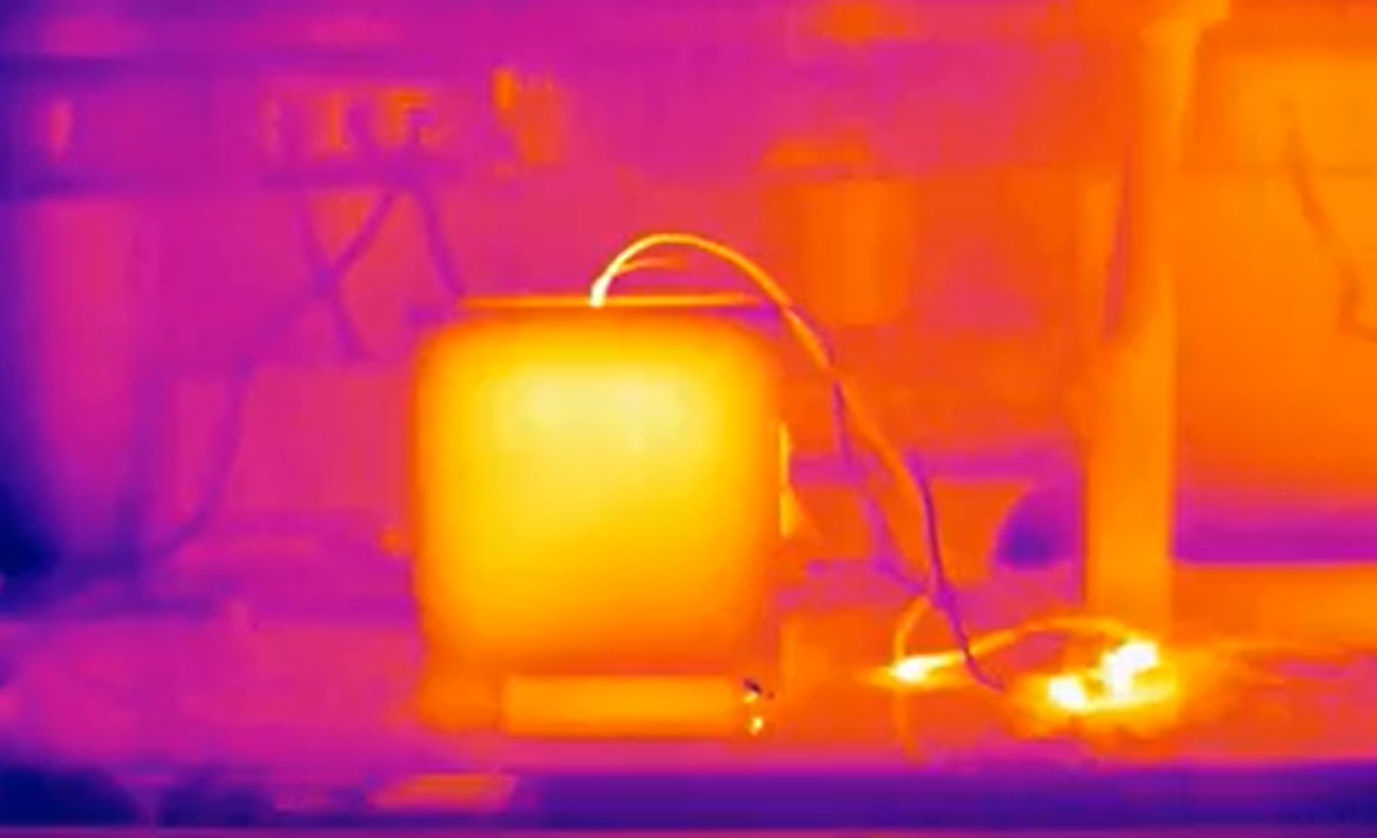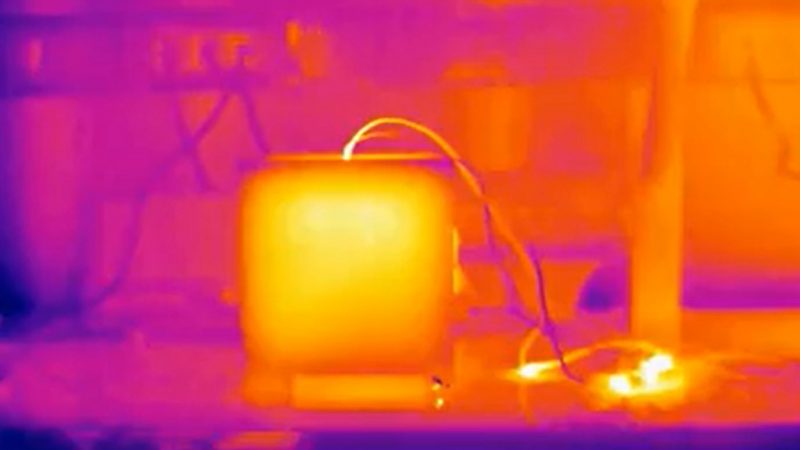21-July. Basic Concepts 2. Heat Flow

The amount of thermal energy (J) that flows across a wall per unit time (s), i.e the heat power flowing through a wall, is the Heat Flow \( \Phi \) (W).
\( \Phi \) is proportional to the surface A (m \(^2\)) of the wall (wider walls conduct higher heat powers) and to the temperature difference \( \Delta \)T (K) between the two surfaces of the wall. The constant of proportionality is C, the Thermal Conduttance.
\( \Phi=CA\,\Delta T\)
From the above relation we can get the units of the Thermal Conduttance: W/(m \( ^2\) K).
From the units we can get the meaning of C: it tells how many Watts, per unit of temperature difference, are flowing across a wall of surface A due to the thermal gradient between the two sides.
UNITS
| Heat Flow \( \Phi \) | W | Heat that flows per unit time through a wall |
| Thermal Conduttance C | W/ (m \( ^2\) K) |
The physical meaning of the Thermal conductivity \( \lambda\)
The Flow Density q (Fourier’sLaw) and the Flow \( \Phi \) are simply related. To get the the flow surface density q we have to divide the flow \( \Phi \) by the area A of the wall.
\( q=\frac{\Phi}{A} \)
Substituting the following expressions into the equation written above and only considering the modulus of the quantities (i.e. neglecting the minus sign)
\(q=-\lambda \,\frac{\Delta T}{\Delta x}\) ,
\( \Phi=CA\,\Delta T\) ,
we get
\(\lambda \frac{\Delta T}{\Delta x}=C\,\Delta T\) ,
and therefore
\(\lambda=C\,\Delta x \).
This equation tells us the meaning of the Thermal Conductivity. In order to reach the message we have to remember that when we multiply C by \(\Delta x \), since C is inversely proportional to \(\Delta x \), we are de facto eliminating the thickness which is equivalent to consider a unit thickness! Now, looking at the formula that gives \(\lambda \) we may read:
” \(\lambda\) is the heat that flows across the wall per unit time, per unit of temperature difference, per unit area (C) and per unit thickness (\(\Delta x \))”.
